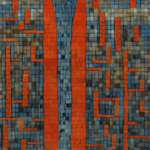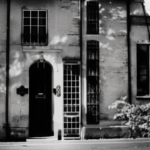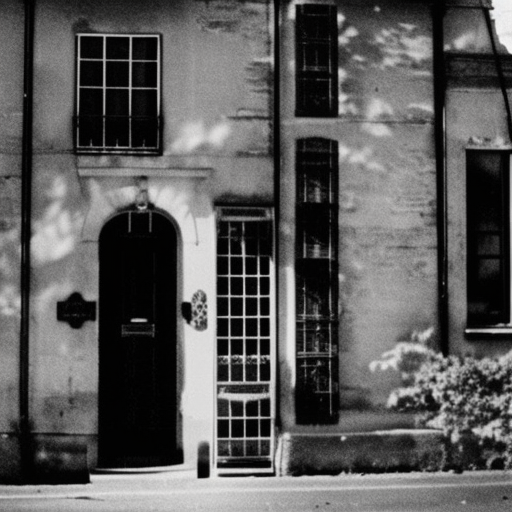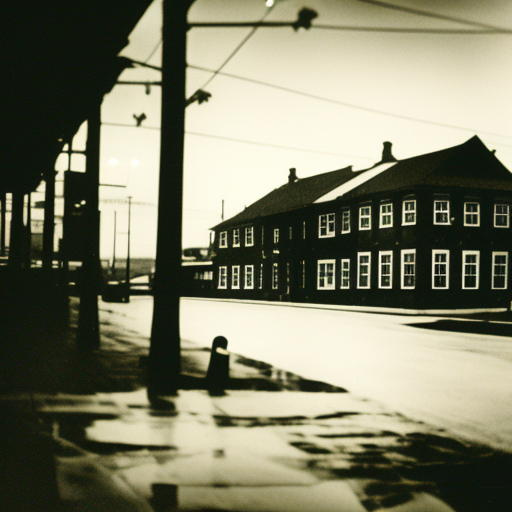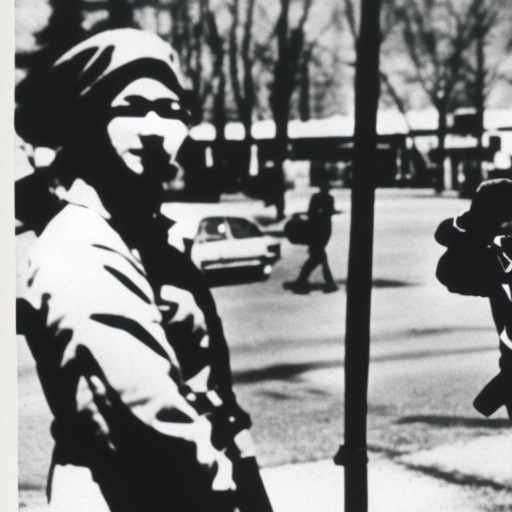The House of Valois: A Summary
The House of Valois was a French royal house that ruled France from 1328 to 1589. It was a branch of the Capetian dynasty and played a significant role in shaping the history of France during the Late Middle Ages and the Renaissance.
Origins and Early Reign
The House of Valois was founded by Philip VI, who became the first Valois king of France in 1328. His reign was marked by conflicts with England, particularly during the Hundred Years’ War. Despite facing numerous challenges, Philip VI managed to consolidate his power and establish the Valois dynasty as the ruling house of France.
John II and the Captivity in England
Philip VI was succeeded by his son John II, also known as John the Good. John’s reign was marred by the ongoing conflict with England, which eventually led to his capture at the Battle of Poitiers in 1356. He was held captive in England for several years until his release was secured through the Treaty of Brétigny in 1360.
Charles V and the Restoration of French Power
John II was succeeded by his son Charles V, who is often regarded as one of the most capable Valois kings. Charles V successfully restored French power after the devastating effects of the Hundred Years’ War. He implemented administrative reforms, strengthened the royal army, and pursued a policy of territorial expansion. His reign marked a turning point for the Valois dynasty, as France began to recover from the setbacks of the previous decades.
Charles VI and the Madness
Charles V was followed by his son Charles VI, whose reign was plagued by political instability and his own mental illness. Known as Charles the Mad, he suffered from bouts of insanity that left the kingdom vulnerable to internal strife and external threats. The power struggles during his reign set the stage for the later conflicts of the Wars of the Roses in England and the Hundred Years’ War.
Charles VII and the End of the Hundred Years’ War
Charles VI was succeeded by his son Charles VII, who played a crucial role in ending the Hundred Years’ War. With the help of Joan of Arc, Charles VII was able to rally French forces and reclaim territories from the English. His victory at the Battle of Castillon in 1453 marked the end of the war and solidified the Valois dynasty’s hold on the French throne.
Francis I and the Renaissance
The Valois dynasty reached its zenith during the reign of Francis I. He was a patron of the arts and played a key role in bringing the Renaissance to France. Francis I fostered cultural exchanges with Italy, attracting artists, architects, and scholars to his court. He also pursued territorial expansion, particularly in Italy, which led to conflicts with other European powers.
Henry II and the Wars of Religion
Francis I was succeeded by his son Henry II, who faced the challenges of religious conflict in France. The Protestant Reformation had gained traction, leading to tensions between Catholics and Protestants. These tensions eventually erupted into the Wars of Religion, a series of conflicts that lasted for several decades and severely weakened the Valois dynasty.
The End of the Valois Dynasty
The Valois dynasty came to an end with the death of Henry III in 1589. The lack of a direct heir and the religious divisions in France led to the rise of the Bourbon dynasty, with Henry IV becoming the first Bourbon king of France. The House of Valois left a lasting impact on French history, shaping the nation’s political, cultural, and military landscape for over two centuries.
In conclusion, the House of Valois was a French royal house that ruled France from 1328 to 1589. Despite facing challenges such as the Hundred Years’ War and religious conflicts, the Valois dynasty managed to consolidate its power, restore French authority, and contribute to the cultural and political development of France during the Late Middle Ages and the Renaissance.


